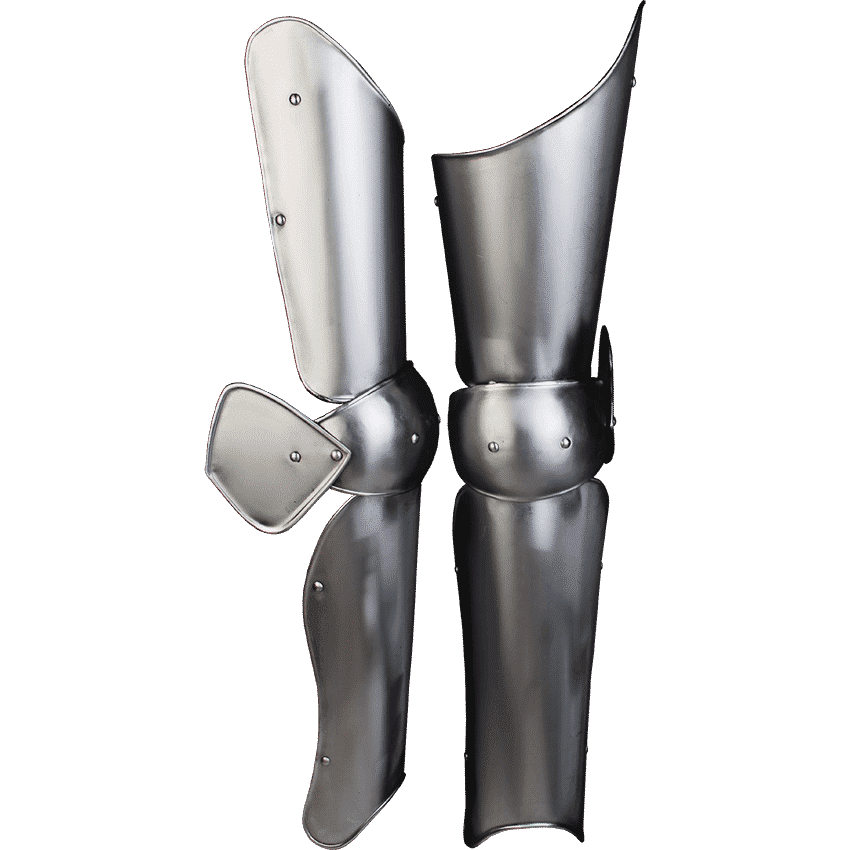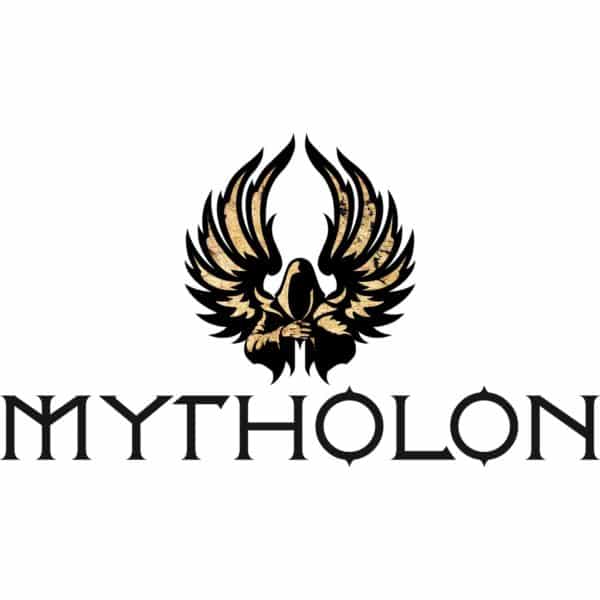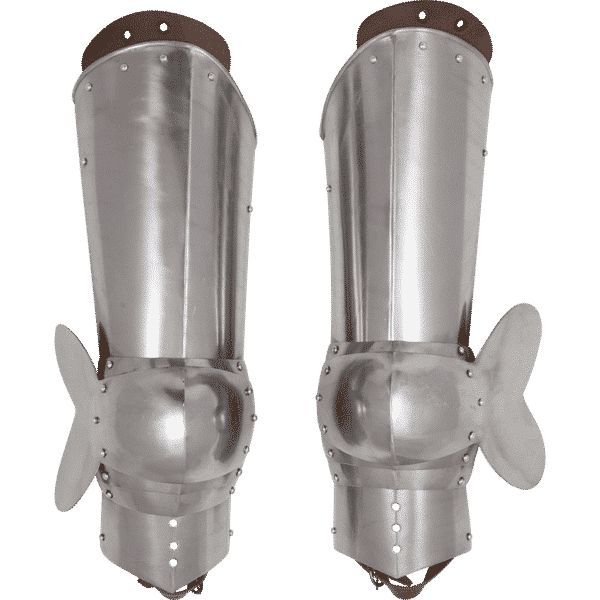(About): Versatile Leg Armor from the Cusp of the Modern Era
Our Italian Leg Guards (from the Elias series) typify the kind of armor designs that were at the cutting edge as chainmail was fully eclipsed by plate armor in the late 14th– and early 15th-centuries CE. Responding to a changing battlefield, wealthy nobles commissioned full suits of plate armor that were designed as articulated interlocking shells, each piece designed to compliment its neighbor. Mytholon, the renowned German LARP & re-enactment equipment-maker, have created these fully-articulated leg guards to bring the look and feel of authentic Italian leg armor to within your grasp – without the necessity for a retinue of squires and armorers to keep you in the field!
An Integrated Leg Armor System
They consist of three articulated parts: an open cuisse, a fully-articulated poleyn, and an open greave. In this period of armor fabrication, these parts would almost certainly have been made separately, meaning that in order to don them, a knight would have had to have his squire strap each piece in place individually – but Mytholon have provided them to you in one flexible piece! The open cuisse, so called because it doesn’t fully enclose the whole thigh, is uniquely shaped for the left and right legs, providing protection for the hip whilst permitting full freedom of movement. The articulated poleyn is attached to the cuisse and the greave by sliding rivets – it is two part construction, incorporating a wide flared side-plate to protect the back of the knee from sweeping low-blows. Below the knee is a full open greave – again, so named because it covers the shin rather then encasing the calf. This extends all the way to the top of the foot, meeting the sabatons or the boots as required.
Precise Period Finishing
Our Italian Leg Guards are made from 18-gauge (1.2mm) mild steel, meaning that they are identical in material to the battle armor of the late Middle Ages, providing an excellent balance between light-weight and ruggedness. The edges of the steel are all rolled – not only does this provide it with its signature appearance, but it also means the edges are safe to the touch and won’t snag on clothing. They’re secured with sturdy leather straps and buckles at the back of the leg.
These are spectacularly flexible pieces of armor – the beauty of Italian ‘white armor’ is its elegance and simplicity, so whilst these are excellent representations of period-authentic late 14th early 15th plate, they can also perform admirably as an impression of footsoldiers throughout the medieval period or as part of a knight or nobleman’s fantasy ensemble.
(History): ‘White Armor’ for a White Knight
The 14th-century was a period of enormous change in medieval warfare – and in medieval society more generally. Burgeoning towns were beginning to spring up, with new forms of economic activity that weren’t exclusively reliant on the relationship between lord and peasant. The Black Death swept through Europe, killing millions and shattering the all-powerful position of the Catholic Church. Terrifying new weapons emerged on the battlefield: puncturing poleaxes and piercing bodkin arrows, capable of shredding the armor of their day.
It is unsurprising that medieval warriors – even the wealthiest of whom were only outfitted in chainmail over a thick padded doublet – sought some kind of improvement in armor technology. Plate armor had been used by the Greeks and Romans in Antiquity, but had fallen out of favor with the fragmentation of the Roman Empire’s vast trade network, since chainmail was much easier to produce on a small scale with local materials. But now, European kingdoms were wealthy and interconnected once again. Thus, after a period of experimentation with transitional armor forms such as splintmail and the ‘coat of plates’, full suits of plate armor began to appear in the last quarter of the 14th-century. Two overarching design philosophies came to dominate the plate armor made in medieval Europe: fluted Gothic armor, and Italian ‘white armor’.
Where Gothic armor was svelte and symmetrical, Italian armor was often rounder and heavier. It was often asymmetric, with thicker and broader plates on the enemy-facing left hand side, with minimalist expanses of blank steel plate polished to a mirror-like brilliance (this is what gave the armor its ‘white armor’ moniker). These differences were hotly contested and debated amongst the achingly stylish scions of the aristocratic houses of Europe. The German guild system, which closely regulated the manufacture of Gothic armor, had grown up in response to the legal encroachment of the burghers in the big cities within the Holy Roman Empire – but Italian armorers were unrestricted by this encumbrance: they were free to hire apprentices and divide labour as they saw fit, meeting the voracious demand by any means necessary. As time went on, separated as they were by only a few hundred miles of the Alps, these styles overlapped and intermingled, giving rise to spectacularly decorated German-Milanese designs, Maximilian II’s court armor, and the spectacular Greenwich armor of London.
H2: Technical Specifications:
- Material: 18-gauge mild steel
- Secondary materials: leather
- Weight: 23 lbs (pair)
Size:
Overall Length: 31.5 Inches
Thigh Circumference: 17-24.5 Inches
Calf Circumference: 13.5-14.5 Inches

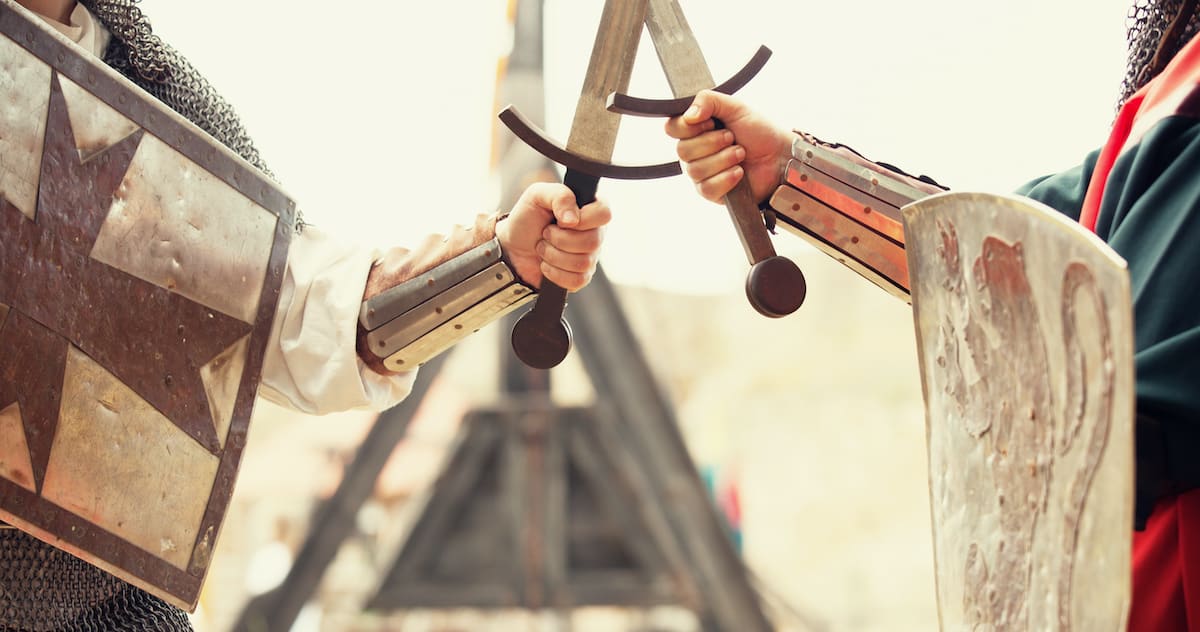 Historical Swords
Historical Swords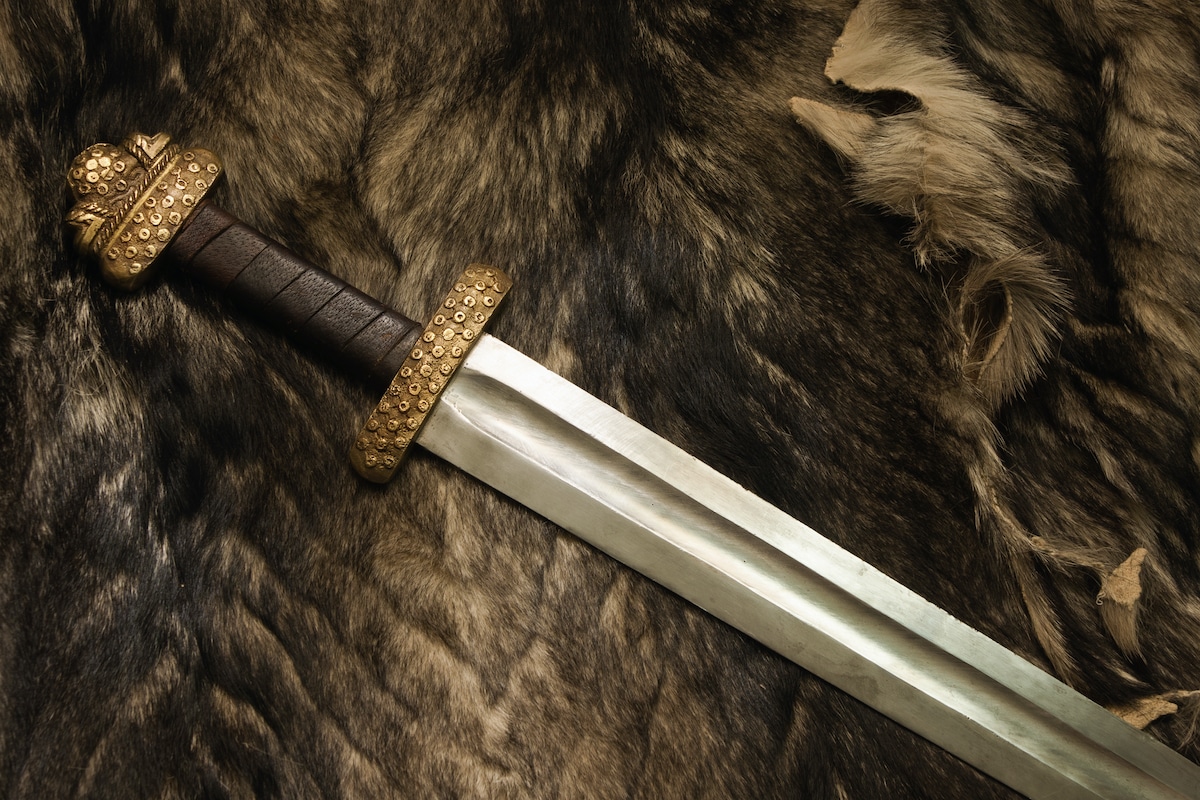 Norse & Viking Swords
Norse & Viking Swords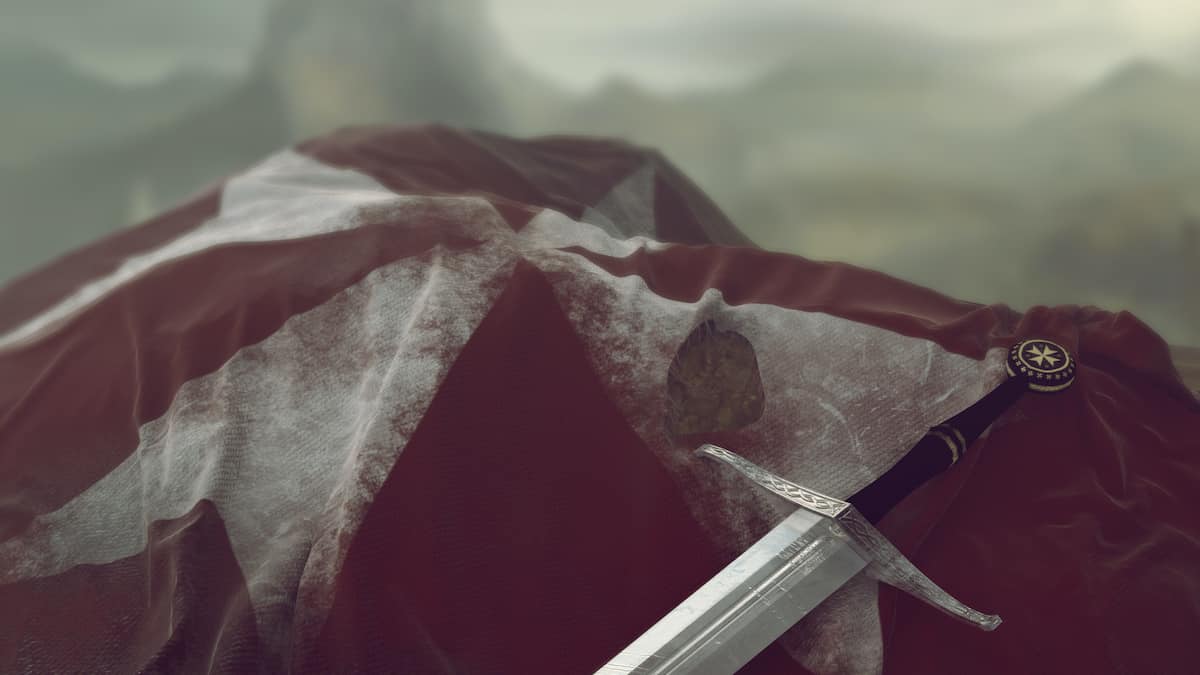 Templar Swords
Templar Swords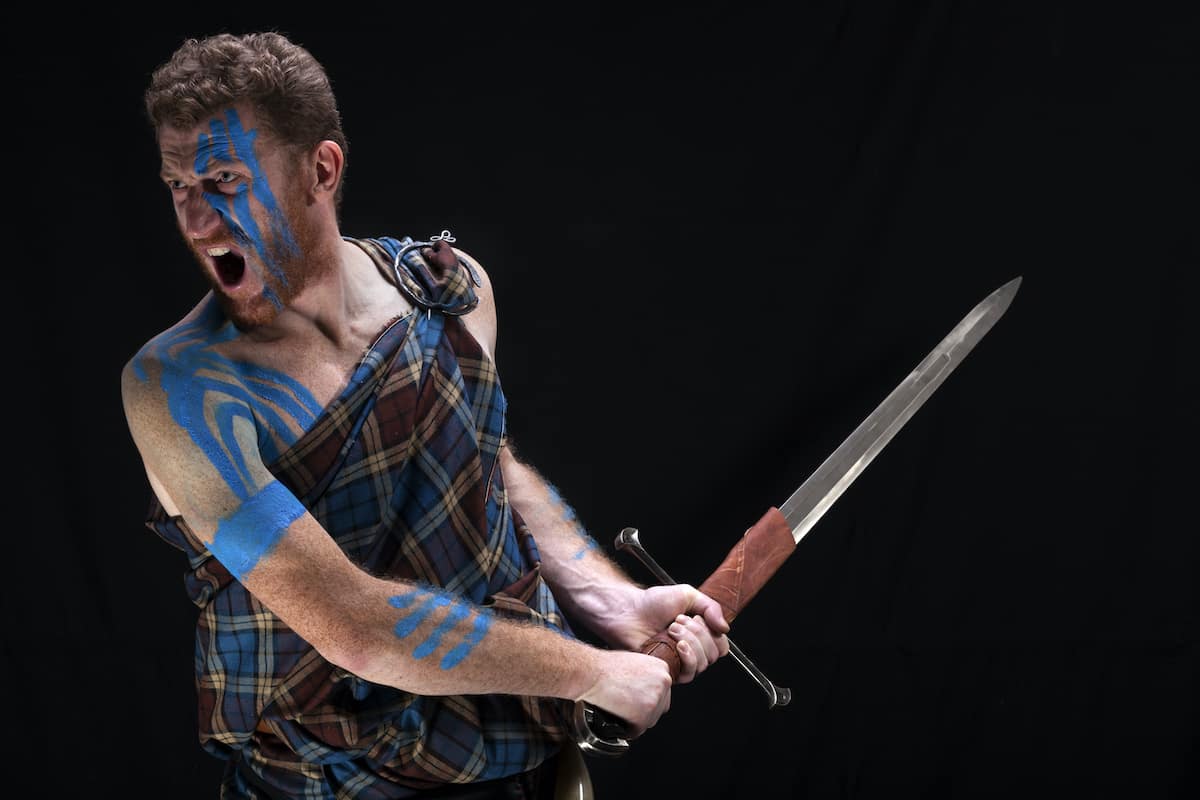 Claymore Swords
Claymore Swords Fantasy Swords
Fantasy Swords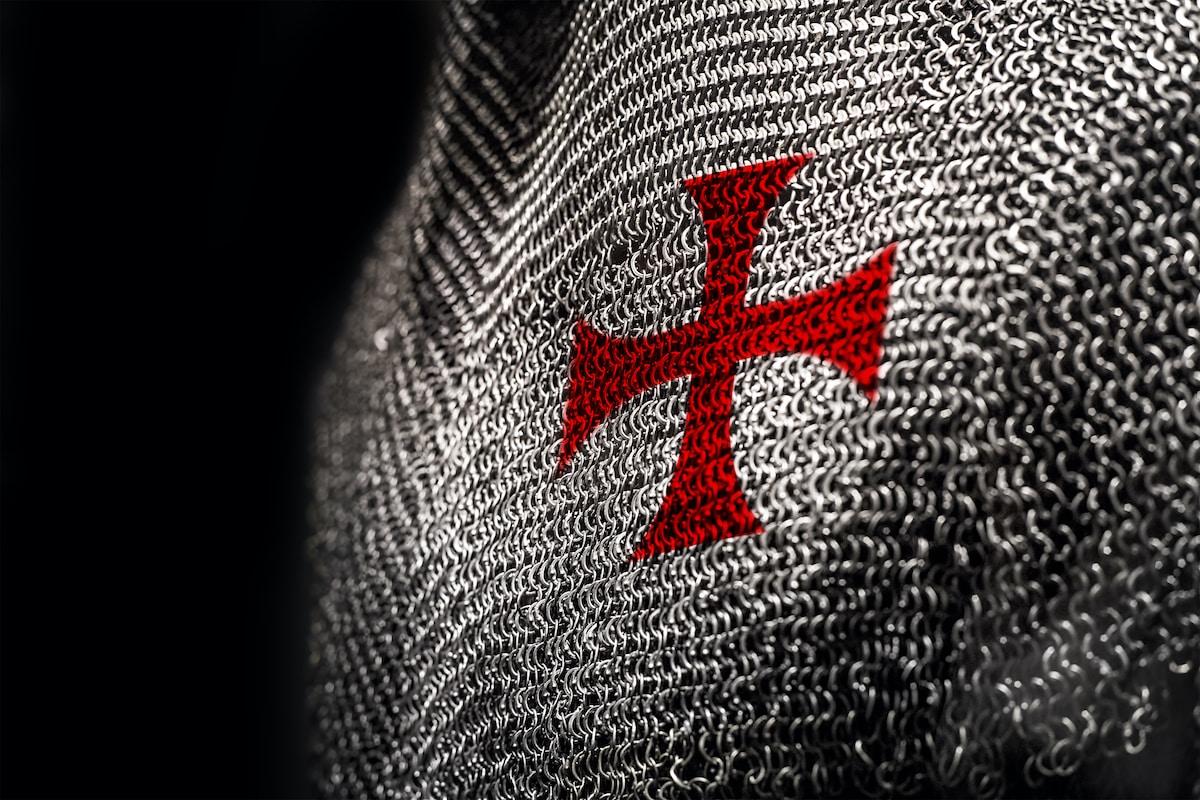 Chainmail
Chainmail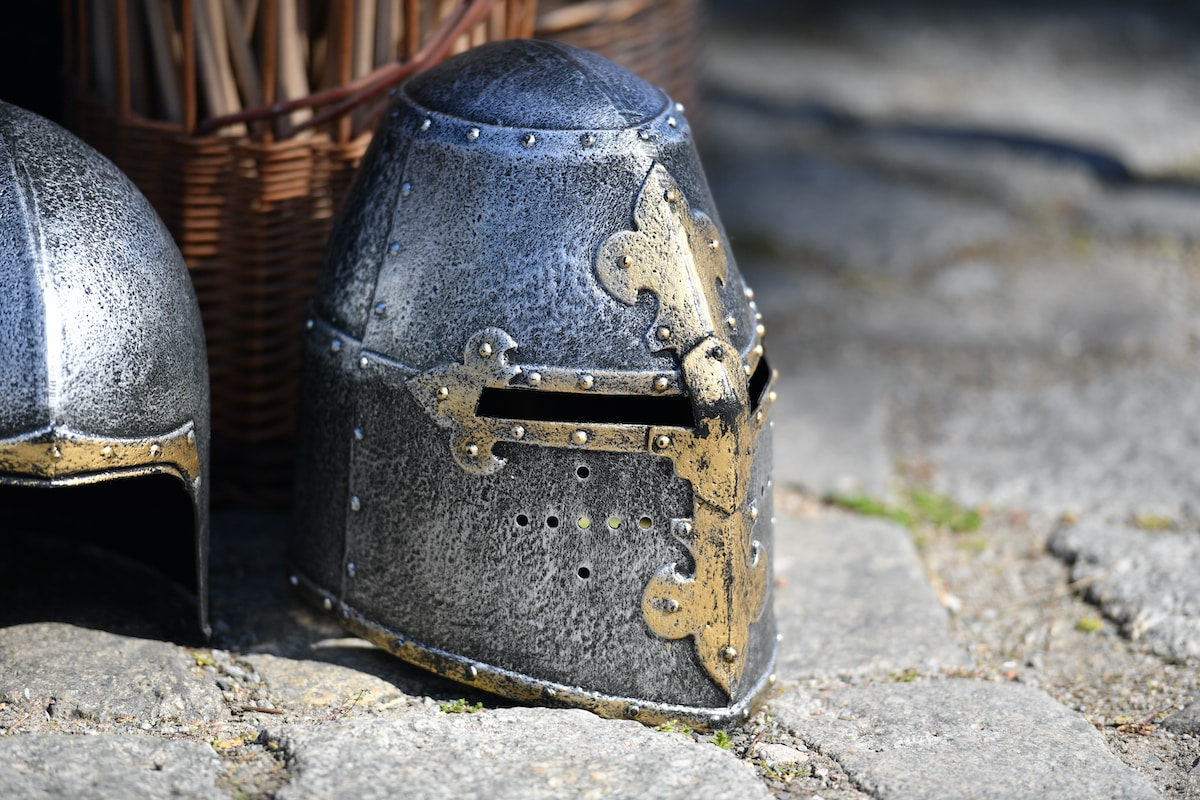 Helmets
Helmets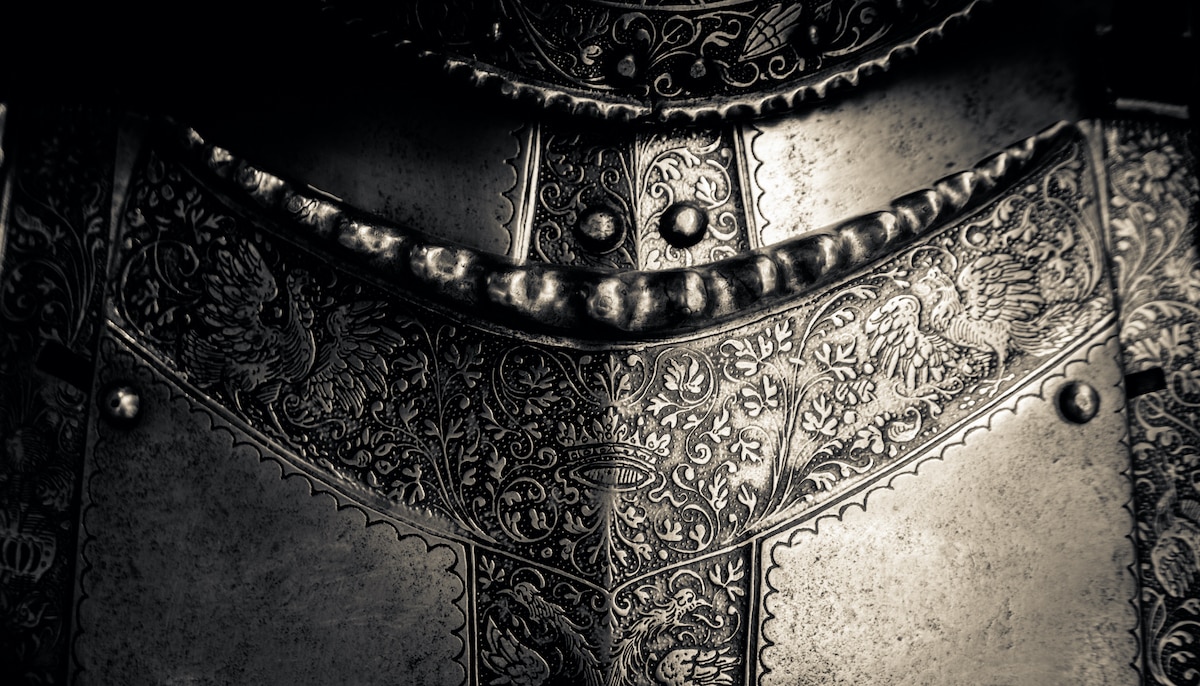 Torso Armor
Torso Armor Bracers and Arm Protection
Bracers and Arm Protection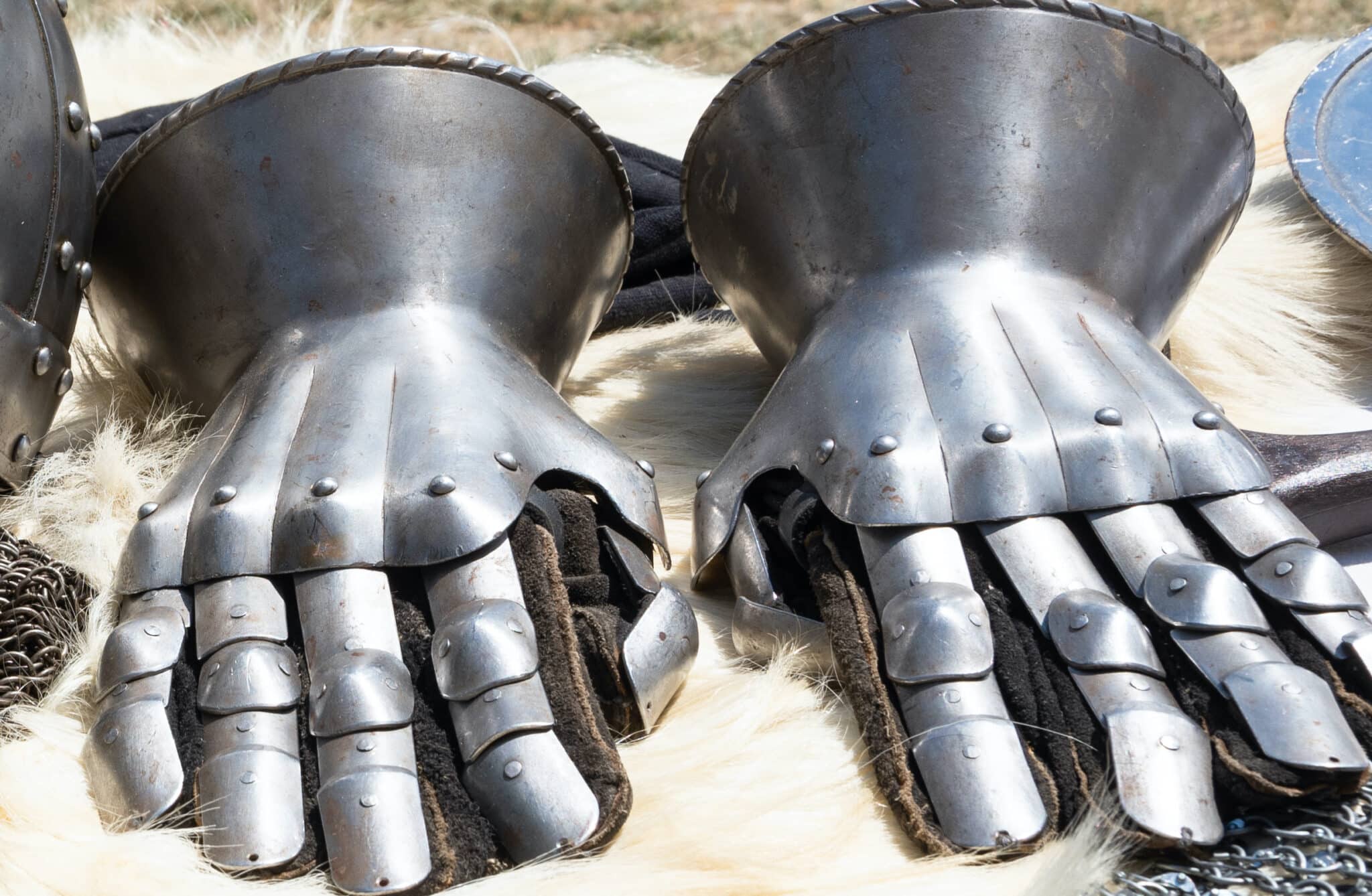 Gauntlets
Gauntlets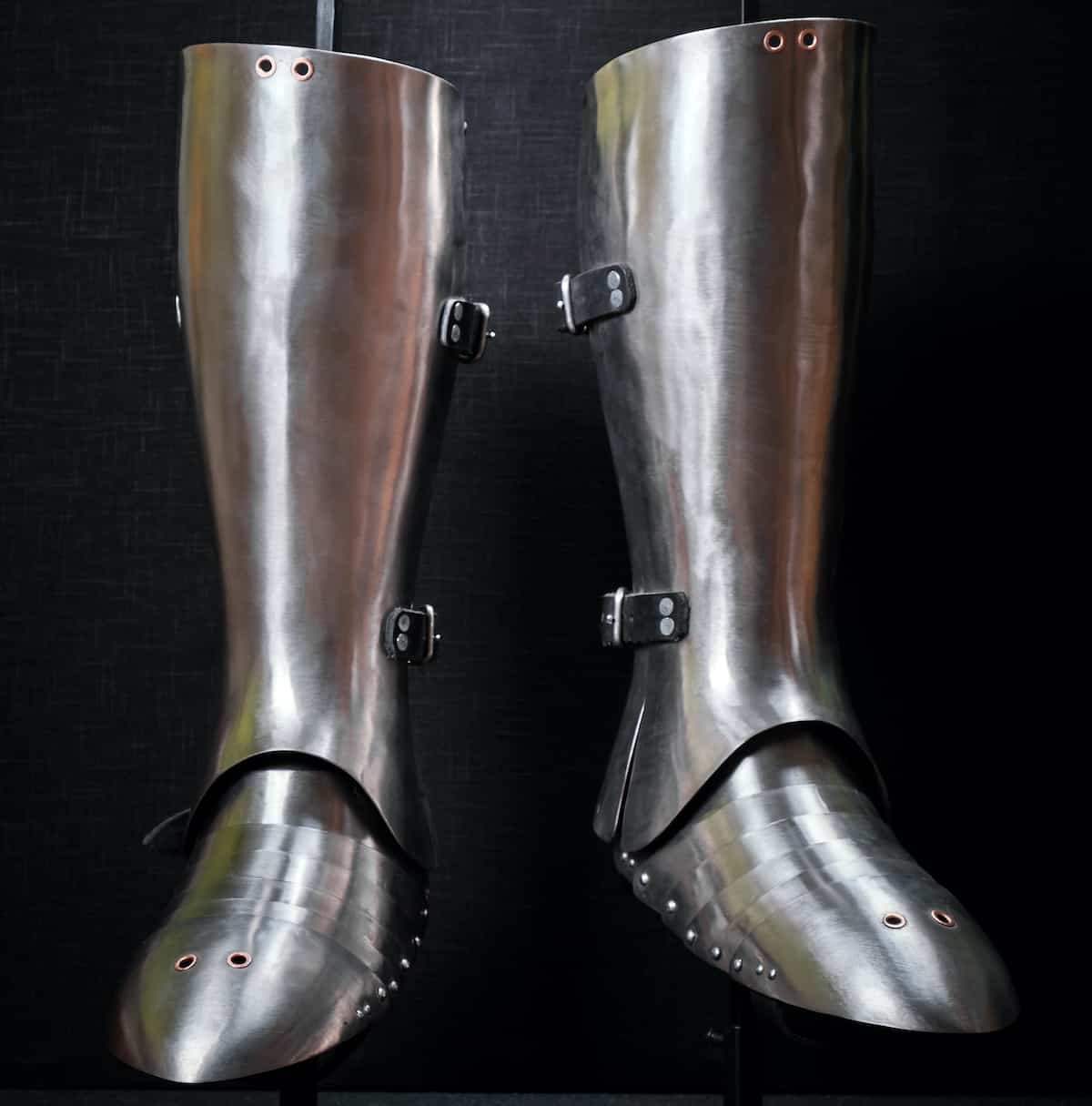 Leg Armor
Leg Armor Cloaks
Cloaks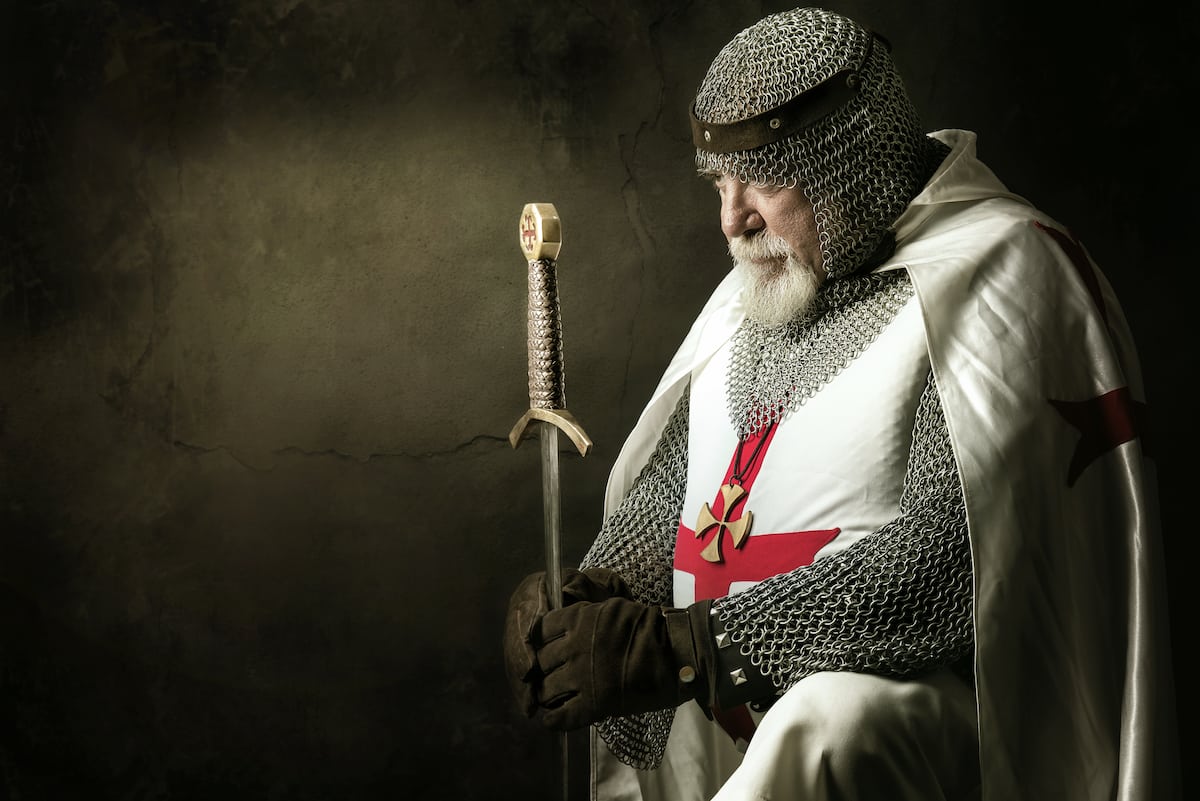 Tabards
Tabards Shirts
Shirts Tunics
Tunics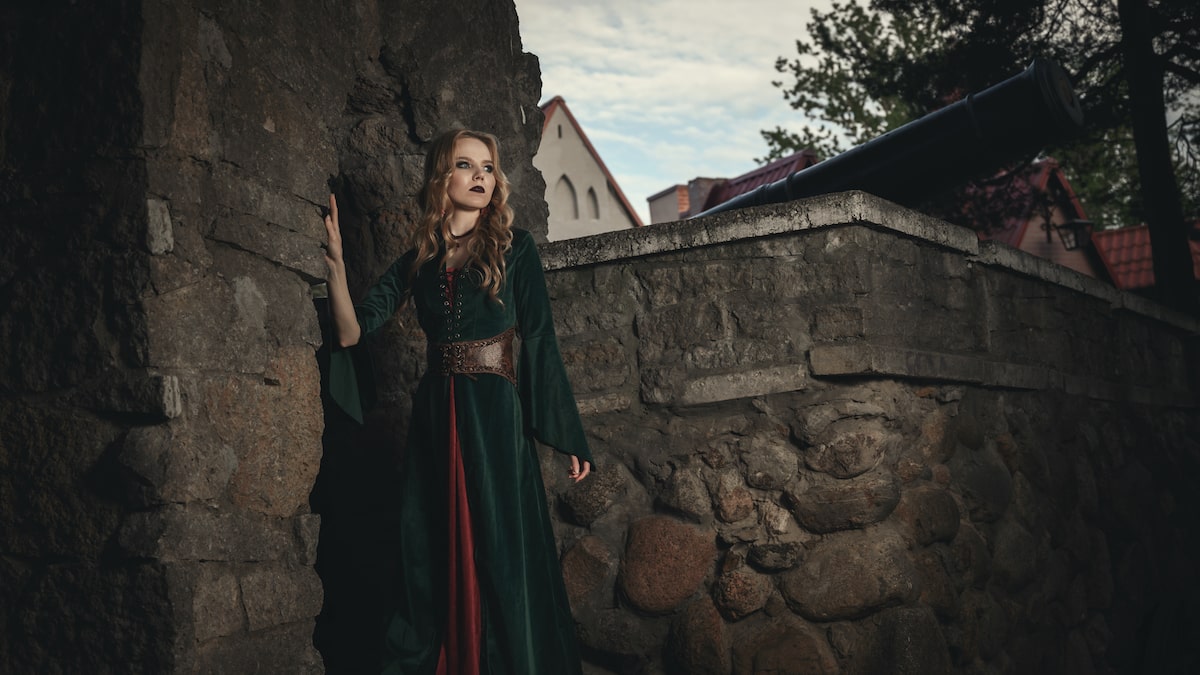 Dresses
Dresses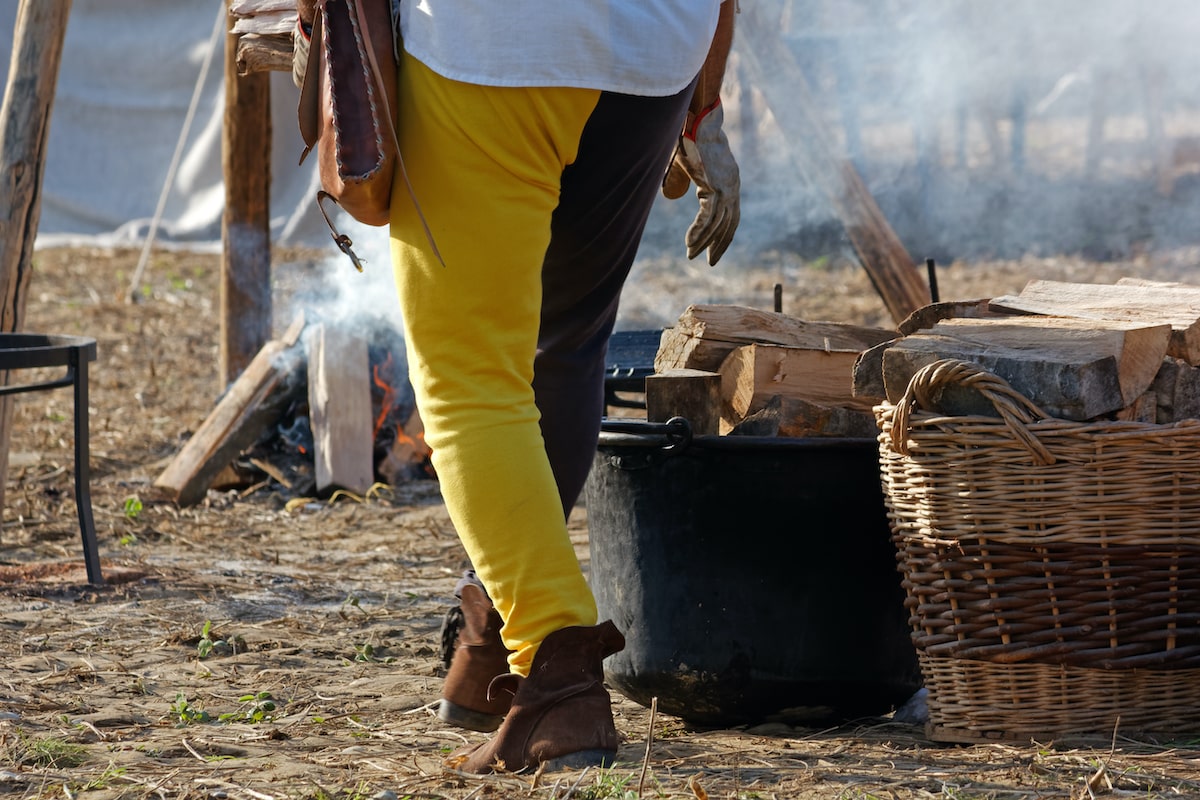 Pants
Pants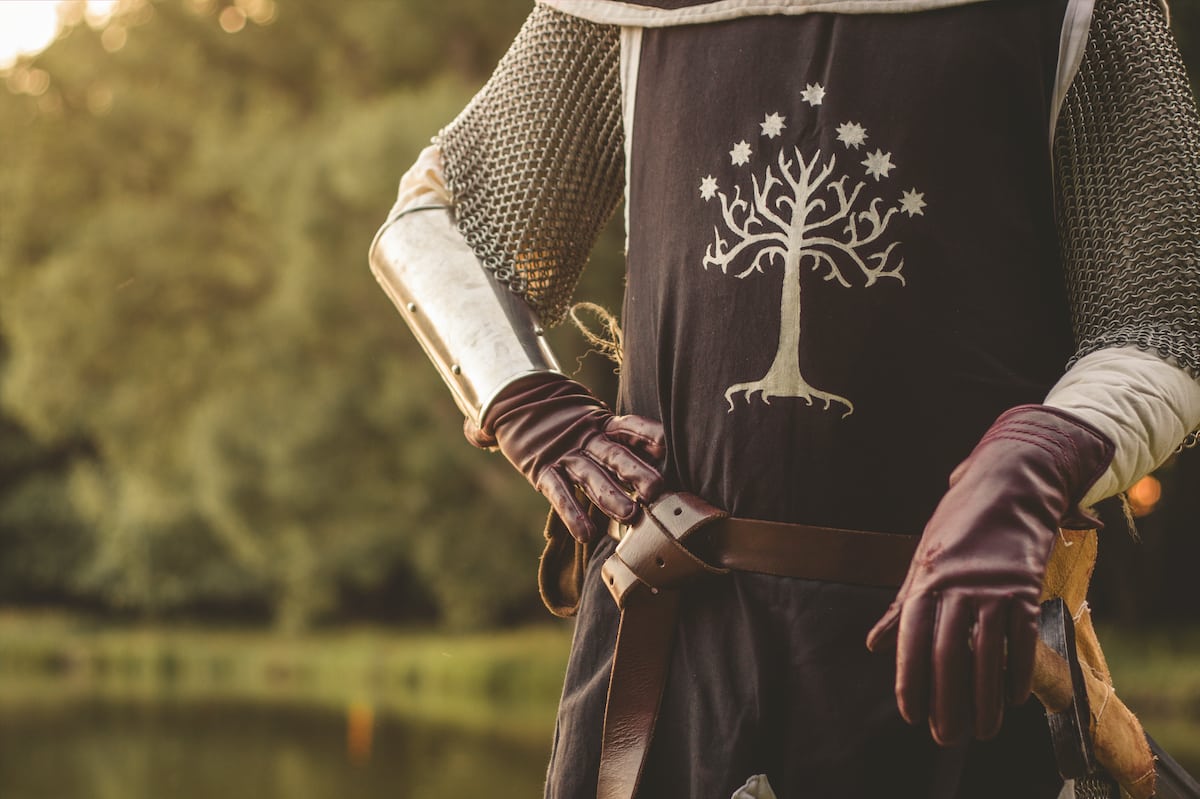 Gloves
Gloves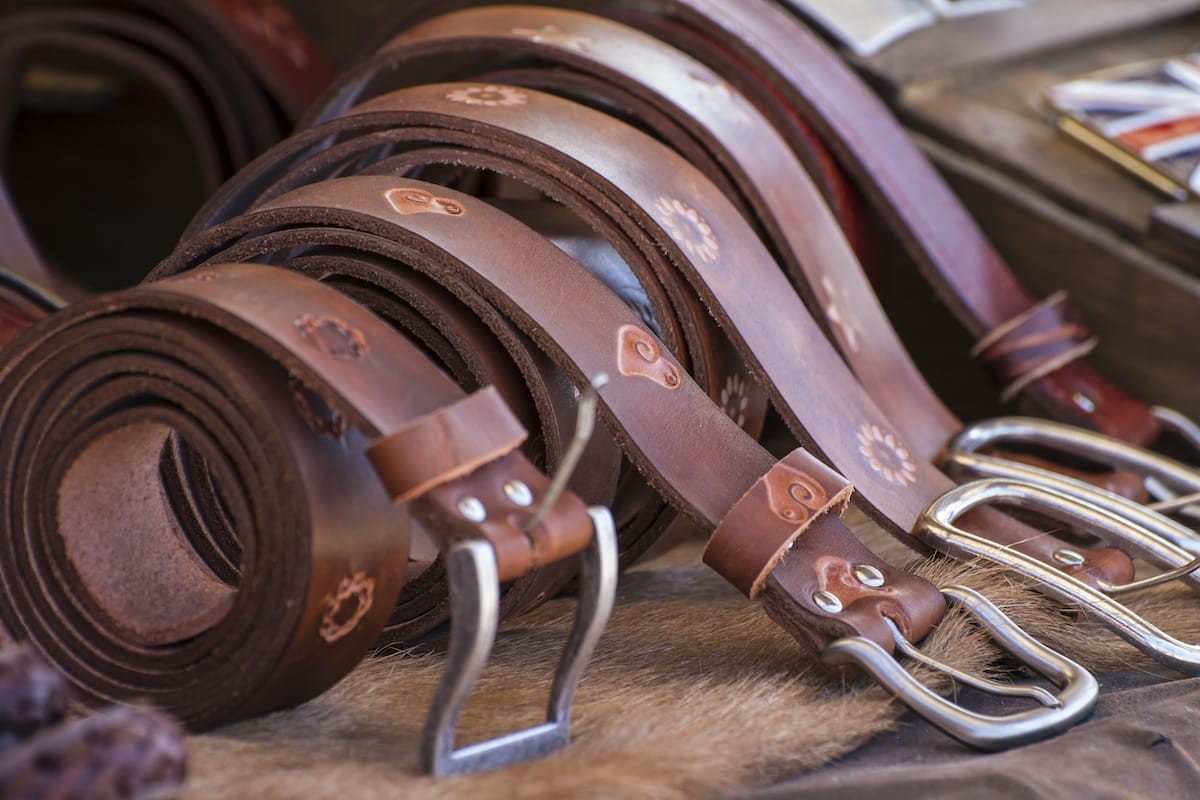 Belts
Belts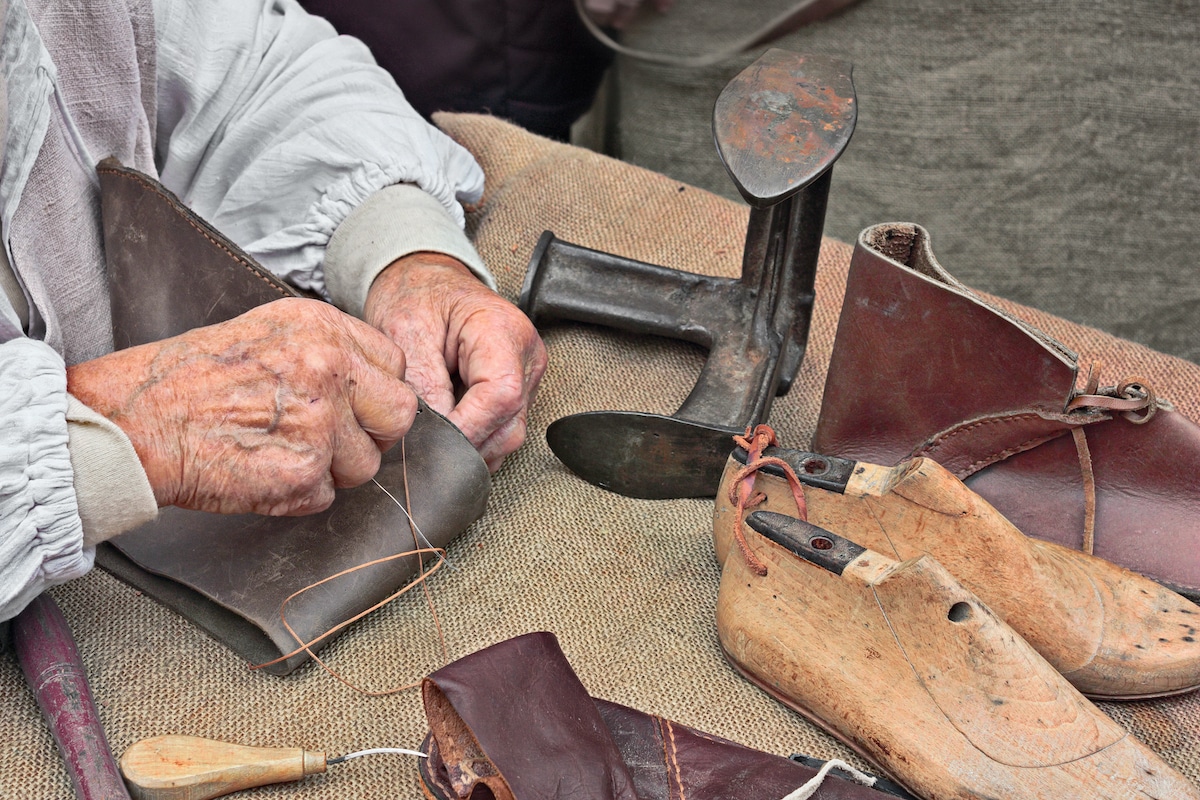 Shoes
Shoes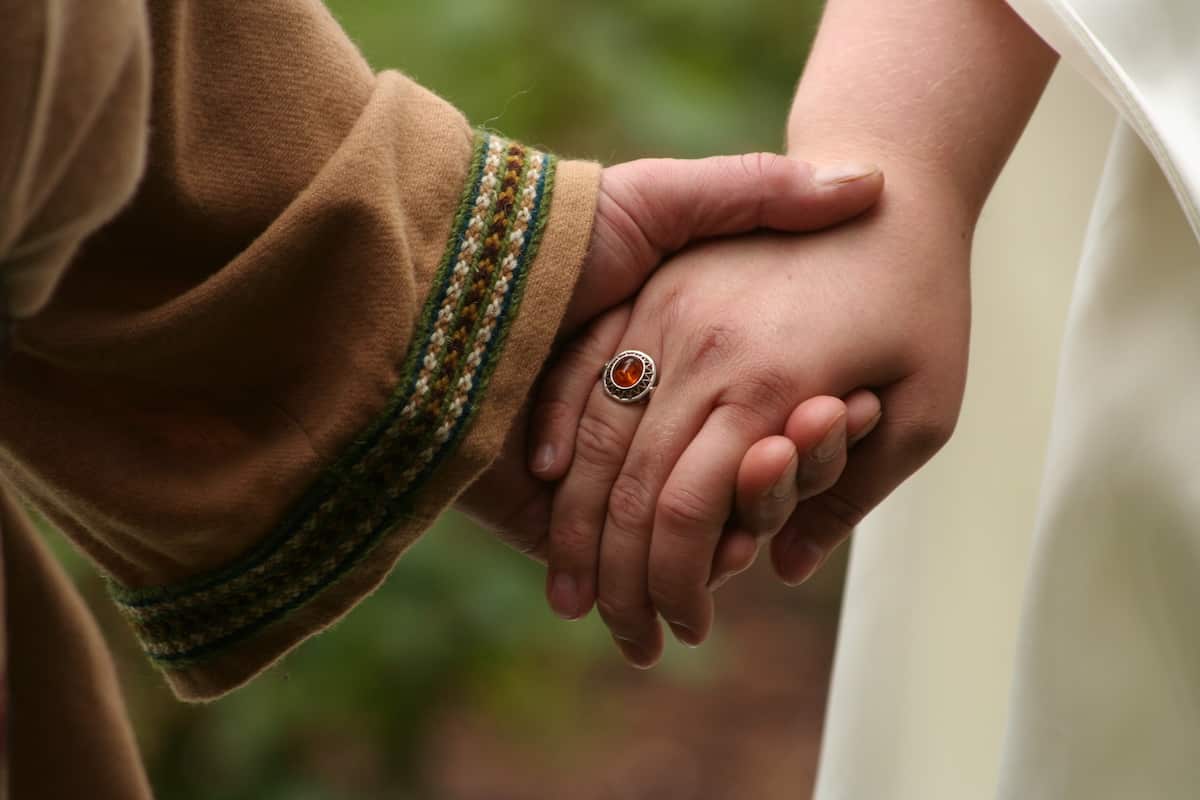 Rings
Rings Necklaces & Pendants
Necklaces & Pendants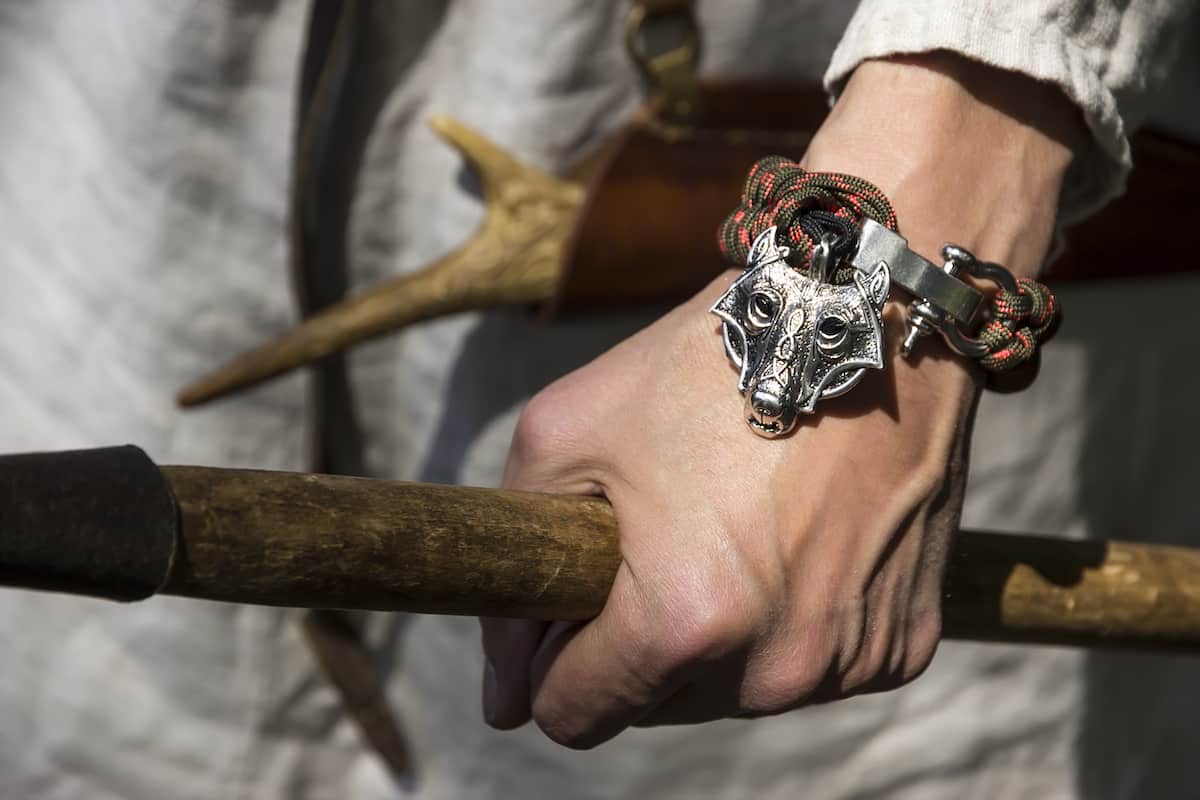 Bracelets
Bracelets